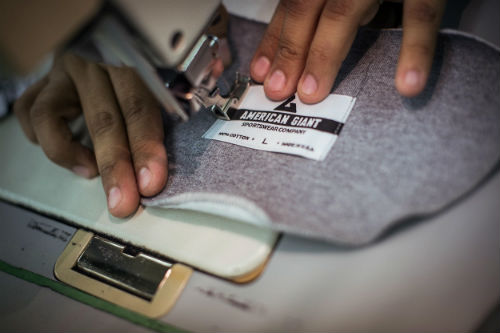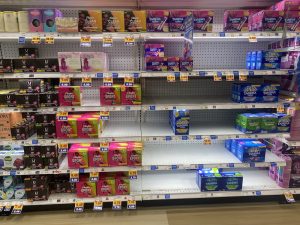More corporations are finding it makes sense to their bottom lines to keep manufacturing onshore versus outsourcing entire operations overseas. This blog explores five story ideas around the intriguing business trend of manufacturers producing goods within the U.S.
Explore the growth
Increasingly, a growing business case exists for manufacturing to remain closer to home. Consult the National Association for Manufacturers for story ideas. Its facts section offers helpful figures and excellent fodder for trend pieces. For instance, exports of U.S.-manufactured goods have quadrupled over the last 25 years. The main page also highlights a report on women in manufacturing. Reshoring Initiative, Bringing Manufacturing Back Home, a nonprofit helping restore American manufacturing, provides ongoing updates on large corporations reshoring parts of their operations, or smaller factories starting up. Its annual data report is an excellent resource for business reporters.
Profile an industry
As you conduct your research, you’ll notice certain industries are more prone than others to adopt domestic manufacturing. Fashion retail, for instance, has realized over time consumers have a “see now, buy now” buying pattern. Having local operations within America versus factories in far-off places means manufacturers can respond more quickly to consumer patterns and trends. Made in America toys is another trend and even mammoth retailers like Wal-Mart now insist on having portions of their merchandise domestically made. The retailer aims to spend $250 billion on American-made products by 2030.
Profile a business
American Giant, Theory and Burberry are all fashion retailers making garments (some or all their collections) within the states. American Giant, the hoodie maker based in San Francisco, California, made national business news when the entire collection sold out. The retailer has now expanded operations with a factory and cotton supplier in the South using all American-grown cotton. Interviews with the owners, workers or marketers of these firms provide precious insight into the domestic manufacturing trend. For the Guardian Sustainable Business section, I interviewed the owner of Green Toys Inc., a San Francisco startup making children’s toys out of recycled milk jugs — everything is American made — and the growth of this particular business, along with other smaller ones within that industry, provided helpful news hooks for a larger trend story.
Interview the experts
A five-question Q&A with an expert tied into the domestic manufacturing trend would yield helpful insight into the trend. Attend presentations and webinars on the topic. Henry Moser, founder of the Reshoring Initiative, goes around the country encouraging factory owners to open their doors. Spend the day within a small factory in a small town to understand precisely what’s at stake with getting Americans back into manufacturing jobs. Through your interviewing, help your reader understand the following:
- What are the most popular manufacturing jobs today versus 20 years ago?
- How much do these jobs pay? Describe the range.
- What kind of universities/community colleges offer this kind of training?
- What’s the biggest challenge for a new factory owner within the United States today?
- If the larger idea among the public is it costs more to make something within the U.S. versus overseas, how do you counter that notion?
- Knowing that growing numbers of Americans prefer American vs. foreign made goods, what do you think drives this trend?
- What trends do you see ahead — where is domestic manufacturing heading?
- Describe the biggest challenges in bringing back the 3 to 4 million manufacturing jobs lost to offshoring.
Explore the policy
Domestic manufacturing remains a dominant topic in our national election because manufacturing within America brings jobs to Americans. Explore the policies behind domestic manufacturing and quiz local business owners (and factory owners) on what these policies might mean for the bottom line. The Wall Street Journal offered this great overview on the policies that might spark factory jobs, and their potential economic benefits.










